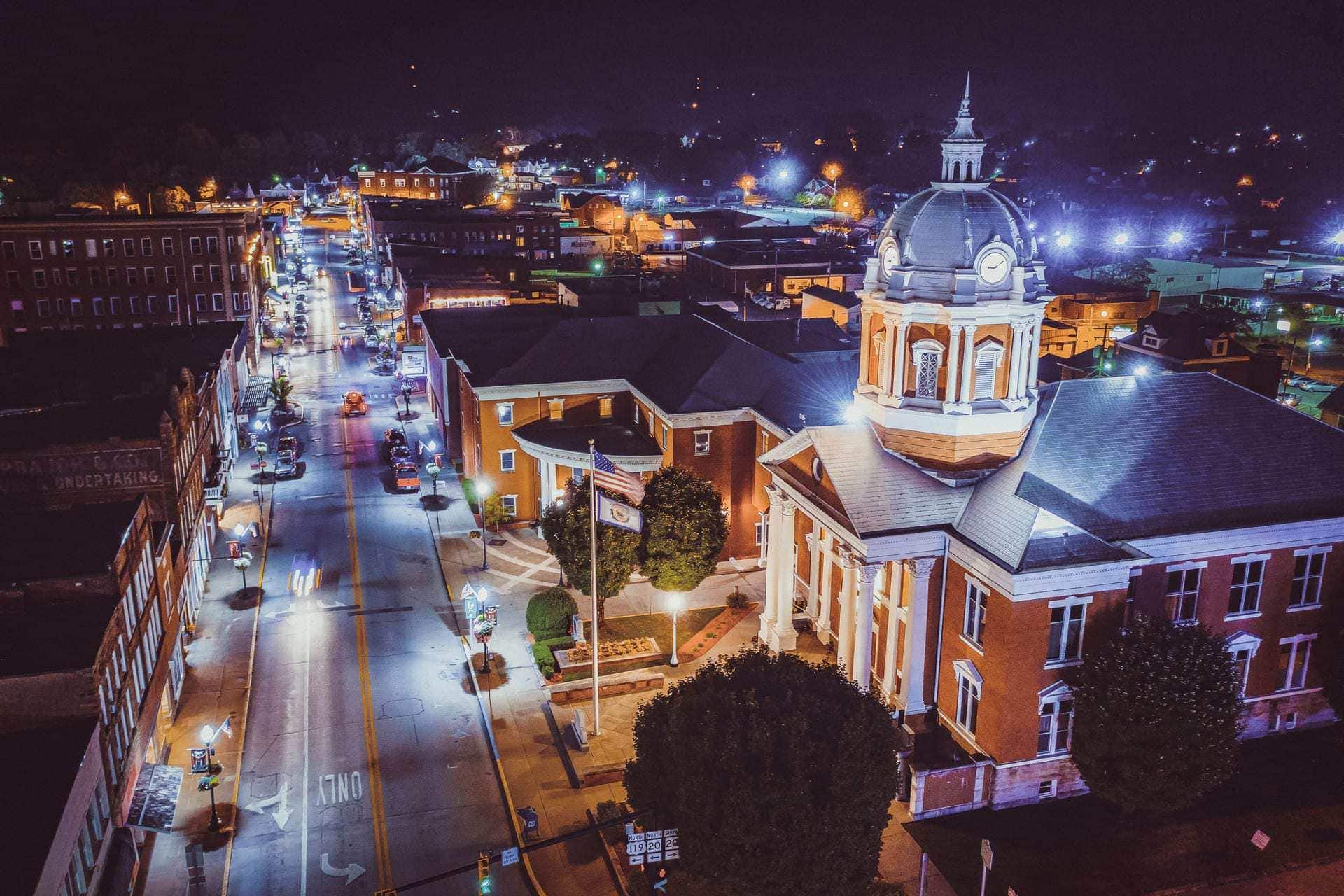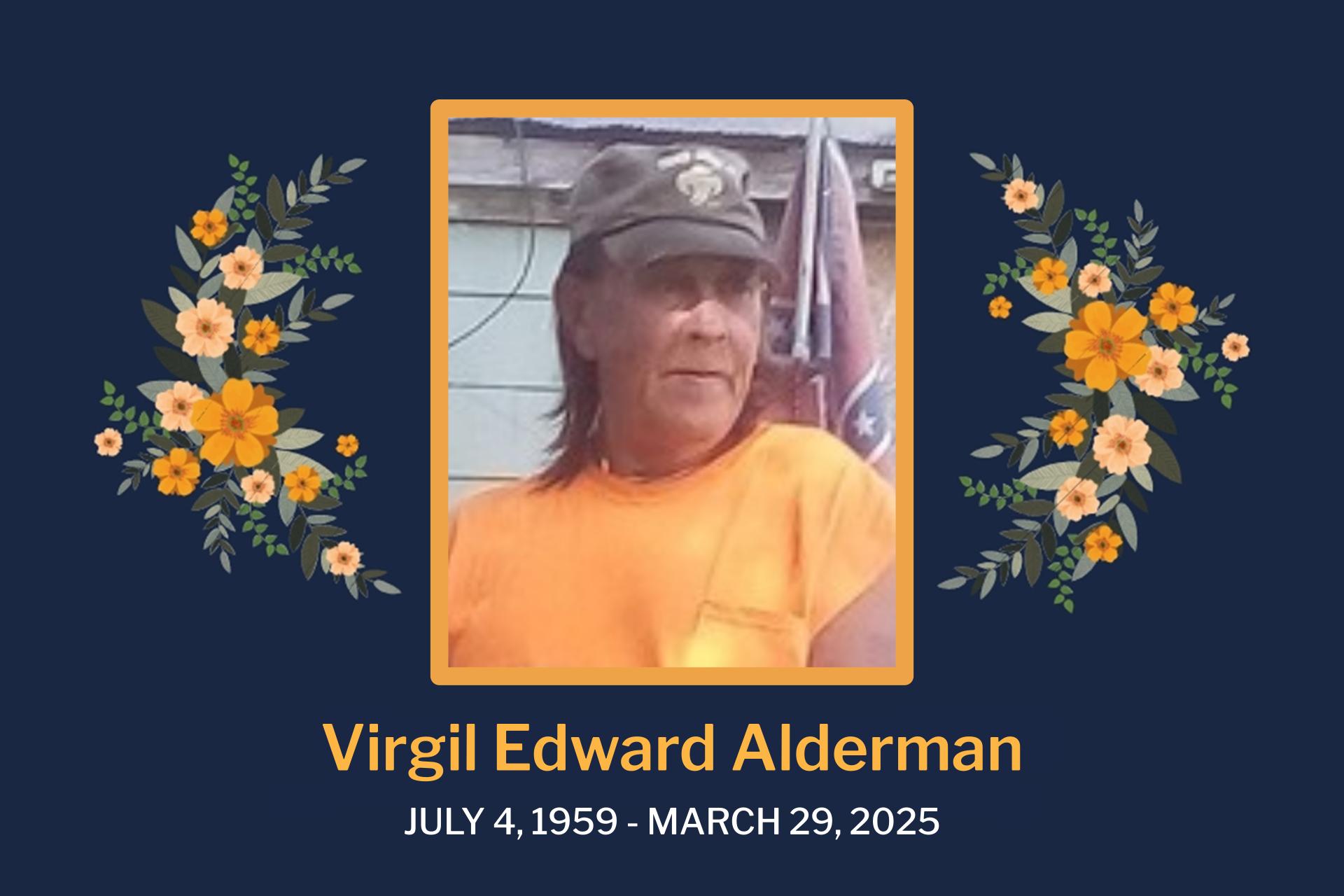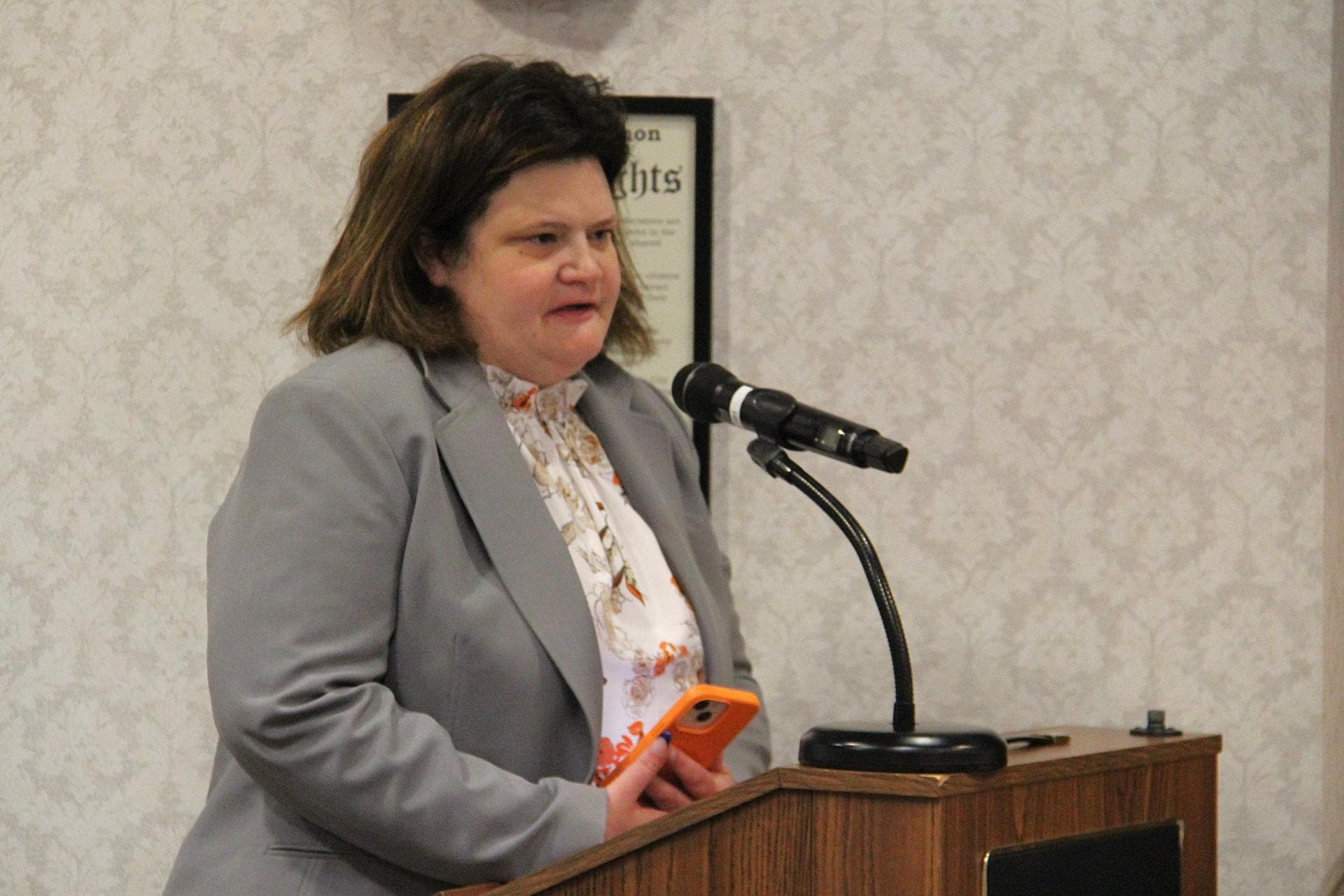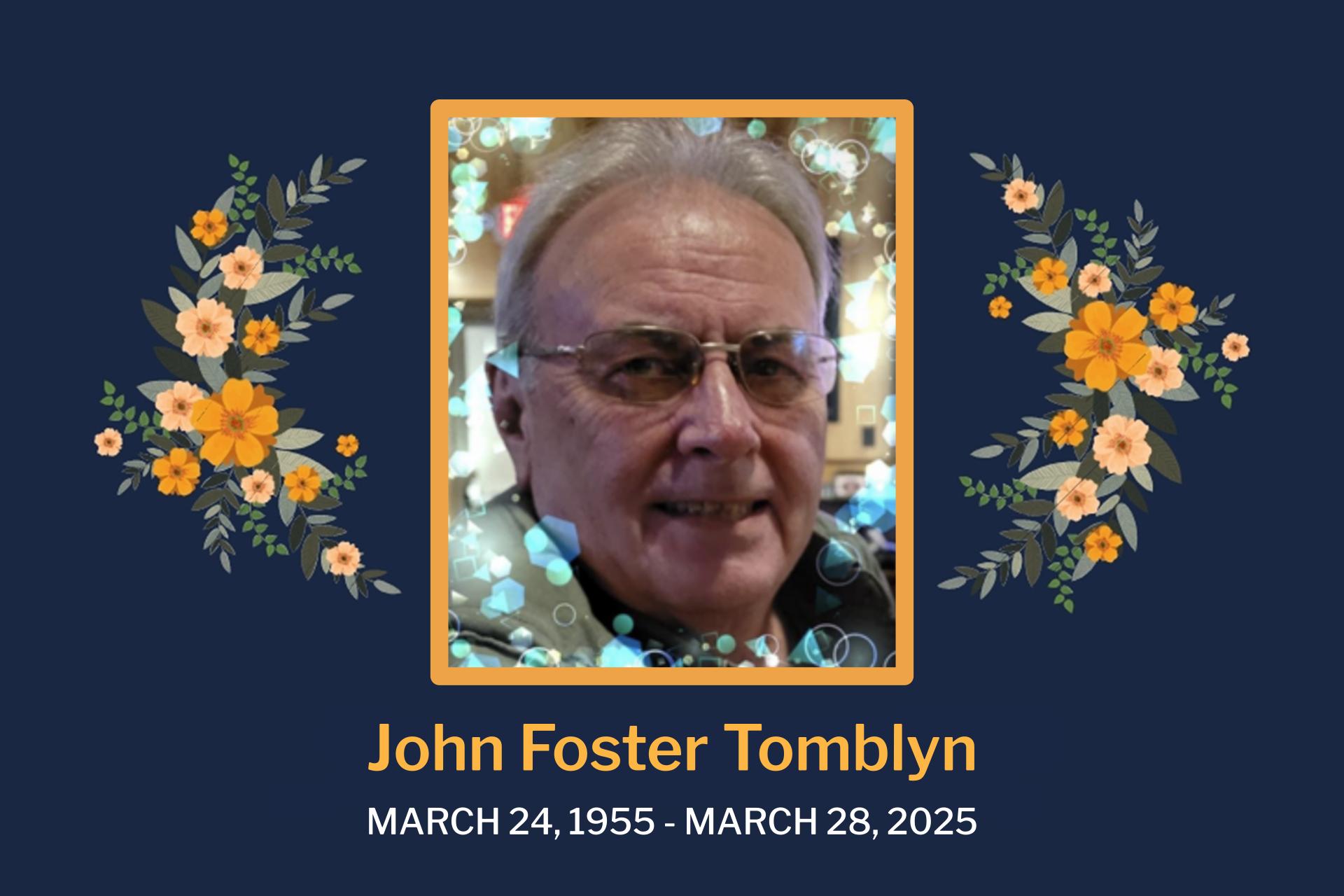BUCKHANNON – The numbers have been crunched, and it’s official – the Upshur County Commission paid more to house inmates in the regional jail system during the 2019-2020 fiscal year than in any year past.
The amount totaled $887,703.50, which is approaching double what the regional jail bill from fiscal year 2014-2015 rang in at – just $477,433.75.
But there’s hope on the horizon, Upshur County Commission President Sam Nolte and county administrator Carrie Wallace said in a recent interview.
Although regional jail costs have ballooned since 2014, a new law passed during the 2018 legislative session could shift some of the financial burden of housing inmates from the county to the state.
But first, what factors coalesced to cause such a notable spike in the bill?
Nolte said the increase in the regional jail bill from fiscal year 2015 to fiscal year 2020 played a huge factor in how the county’s been able to allocate its resources. To ensure the commission had enough money in its regional jail bill line item for this past fiscal year, which ended June 30, 2019, the county budgeted $900,000.
And still, Nolte and commissioners Terry Cutright and Kristie Tenney feared that even that amount would fail to cover the cost of housing inmates. The county pays a per diem of $48.25 per inmate per day to house inmates at the Tygart Valley Regional Jail.
“It was looking really bad there for awhile at the beginning of the fiscal year, and we were a little concerned maybe that wasn’t even going to cut it,” Nolte said.
In January, Wallace calculated that the total bill for the fiscal year 2019 was trending to be about $906,000. Fortunately, it didn’t surpass that amount, coming in at approximately $887,700.
The recent uptick in the regional jail bill began with the opioid epidemic several years ago, Nolte said.
“The first spike is kind of the beginning of the opioid epidemic when we first started seeing the drug arrests go up – that was the pill issue – and then that kind of fell off and then we ended up having the heroin and meth came into play,” he said.
Nolte said commissioners had been advised by law enforcement that even when individuals are arrested for crimes not expressly related to drugs – such as possession with intent to deliver – many crimes committed are linked to drug use, including robbery, theft and domestics.
“A lot of times [the various arrests] are just related to drug use,” he said.
However, Nolte emphasized the commission has full faith in county, city and state law enforcement.
“I want to be absolutely clear on that,” he said. “The commission absolutely supports law enforcement and our judicial system. They’re doing exactly what they need to do in order to keep everybody safe.”
“I think we try to cope with it [the rising regional jail bill] by utilizing Community Corrections and the Day Report Center, and there are different ways you can try to keep them out of the regional jail system,” he added, also pointing to home confinement and drug court. “But that’s up to the judges to analyze, and not everybody is someone you would want to stick on Community Corrections.”
Upshur County isn’t alone in lamenting how a high regional jail bill prevents the county from investing resources in other areas, such as recreational facilities, according to Wallace.
For instance, longtime Lewis County Commissioner Agnes Queen recently told W.Va. MetroNews “Talkline” host Hoppy Kercheval that the state’s addiction epidemic had driven up Lewis County’s regional jail from about $300,000 to $1 million or more annually.
However, Wallace said a bill passed during the 2018 West Virginia Legislative System is likely to lower the county’s regional jail bill going forward.
“I think the biggest effort was a joint effort between the counties with the CCAWV, the County Commissioners’ Association of West Virginia, to get a law passed last year that became effective this July 1, 2019,” she said. “That law says the Department of Corrections is to be charged upon the conviction date rather than the sentencing date, because sometimes, there were months in between those two, where the commission up until July 1, 2019 would pay the $48.25 per day for the person to sit between the day that they were found guilty and the day that they determined what their sentence was going to be.”
In other words, prior to July 1 of this year, the county paid a $48.25 per diem per inmate for each calendar day that passed between the day an offender was convicted of a felony and the day that person was sentenced on the offense. As of July 1, 2019, the West Virginia State Department of Corrections began picking up the bill the first calendar day after a conviction, so if days, weeks or months lapse between the date of a person’s conviction and the date of their sentencing, the county won’t be responsible.
The new law states, “Beginning July 1, 2019, the costs of housing shall be borne by the division on a felony conviction when an inmate is incarcerated beginning the calendar day following the day of conviction. In no case shall the county be responsible for any costs of housing and maintaining felony convicted inmate populations.”
However, the law is only applicable to felony offenses, according to West Virginia Code 15A-3-16(i), which says the county will continue to pay for the cost of housing all individuals who have committed misdemeanors, even after their conviction and sentencing dates.
(People convicted of misdemeanors and sentenced to their corresponding penalties do their time in a regional jail facility, while individuals convicted of felonies serve their time in the state prison system.)
Nolte said an approximate $13,000 dip in the monthly regional jail bill from June 2019 to July 2019 – after the law went into effect July 1 – can probably be explained by the new law.
“Prior to the law taking effect, in June our regional jail bill was $75,366.20, and that was under the rule of last year,” he said. “Now, this $62,000 for July is based upon conviction date versus sentencing date. What we don’t know yet because we haven’t been able to analyze it, is, is the new law going to drop the bill 5, 6, 7, 8 … 12 percent?”
“If this (the regional jail bill) was a little bit more along the lines of half a million dollars, we would be in much better financial shape,” he added.
Wallace said the new law – House Bill 4338 – will hopefully have a noticeable impact.
“This new law is hopefully going to be huge,” she said. “Something else that had been discussed by the CCAWV (County Commissioners’ Association of West Virginia) is, they’re looking at legislation that would require the arresting agency to pay for [housing] individuals that they are arresting rather than the county, because right now the county pays for individuals arrested by the sheriff’s department, the state police and the City of Buckhannon.”
Jennifer Piercy, executive director of the County Commissioners’ Association of West Virginia, said she’ll know more about the organization’s legislative priorities after their fall board meeting Sept. 22-23 in Morgantown.
“We have been looking at this awhile, assigning the cost to the arresting entity,” she said. “I don’t know if it’s going to come up or not at the next legislative session. Hopefully, that would be a decision for our meeting Sept. 22-23. That has definitely been a topic that has been talked about. A report we worked on about a year or two ago showed that half, or more than half, of the arrests were not being made by counties (county law enforcement).”
Piercy said during the fall meeting, counties bring a variety of issues to the table and the association discusses and agrees on what legislation or priorities it will support during the next legislative session.
“The counties are going in and looking at any way possible they can save money on these jail bills,” she said.






















